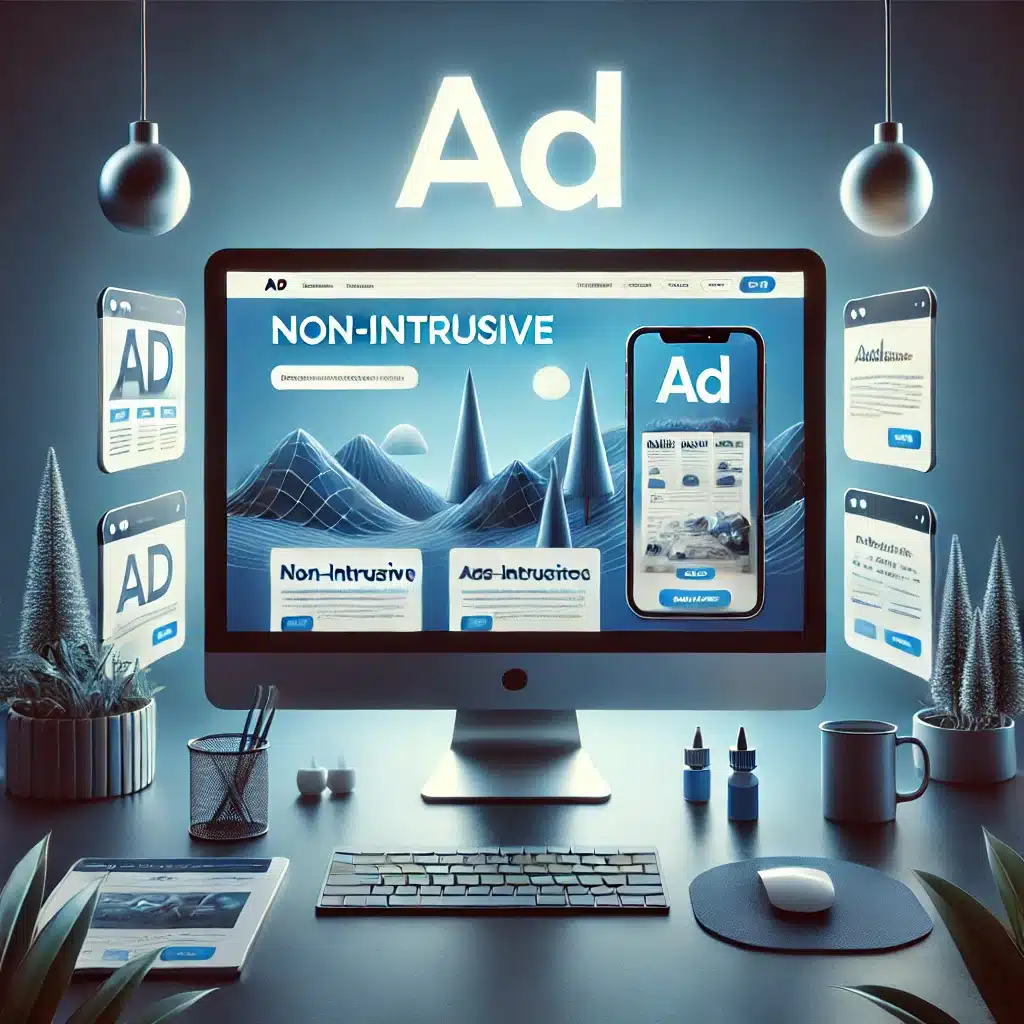Adverts on the Internet do not necessarily enjoy the best reputation among many people. Sometimes they are perceived as disturbing, even annoying. As a result, ad blockers appear to some as the last possible resort against the flood of adverts. Advertisers lose access to important target groups. To be honest, it is not the existence of digital advertising that is responsible for the loss of certain groups of people, but above all those who are unable to use the tools of the advertising world. They are not doing the other advertisers any favours, because the consequences of bad ads not only have a negative impact on their own brand, but also on the acceptance of ads in general. Therefore, only those campaigns whose adverts do not annoy anyone are sustainable. Learn how to do this here.
1. Know your target group precisely!
The better the targeting, the less likely it is to scare off recipients with irrelevant adverts. Even if the aim of awareness campaigns is to maximise reach, it is always important to limit the group of recipients to one target group and never address everyone indiscriminately. Unlike in the classic, analogue OOH world, digital campaigns make it possible to keep wastage to a minimum and therefore only address users who have a high probability of becoming customers. In order to be able to narrow down a target group as precisely as possible in campaigns, the basic prerequisite is to have as much knowledge as possible about potential customers. The easiest and most accurate way to define a target group is from the available data on existing customers. What demographic or geographical information is already available? What behaviour do existing customers exhibit? What are their needs? Based on this information, future advertising material can only be played out to recipients with a high degree of similarity to existing customers.
If the data situation is still thin or a new product is to be advertised for market entry, close observation and testing is required. This involves using different creations and comparing different target groups with each other. It is important not to play out all advertising material to all possible people, but to work with smaller groups first. This allows you to observe which defined target groups click on the advert particularly frequently or trigger a conversion. Based on these findings, the campaign can then be rolled out to a wider audience.
2. Creation comes from creative!
If you do what everyone else does, you get what everyone else gets. What’s more, creative ideas that are sensibly combined with a brand image can hardly be copied. For this reason, the following applies: Get creative when creating your advertising material! This not only increases the success of the advert, but also helps to avoid annoying users. After all, who wants to be bored by the same old stories, speeches, slogans or visual impressions?
3. Be careful with retargeting!
Retargeting is part of online marketing 101 and is one of the standard disciplines in ad placement. No wonder: customers from the past are familiar with the brand and the purchasing process, have already been able to convince themselves of the quality of the product and therefore have a particularly high probability of becoming a customer again. Even if retargeting seems simple at first, there are a few pitfalls that agencies and advertisers unfortunately fall into time and again. A particularly big annoyance – and also a gross waste of media budget – is advertising products that a customer has just purchased. Why should he be interested in a product that he has just spent money on and now wants to test extensively? Adverts for newly purchased goods are some of the most annoying advertising because they have no relevance whatsoever. Instead of pointlessly investing media spendings in irrelevant adverts, the possibilities of retargeting should be used sensibly: For example, advertisements for suitable complementary products (in the case of sneakers, for example, appropriate care products) or suitable services (many companies take back used clothing in shops, for example, in order to act sustainably on the one hand and to establish further personal contact with the customer on the other) are possible. Only after a brand can assume that the product will be used does it make sense to advertise similar goods in adverts.
4. Don’t be pushy!
You only have to repeat the message often enough for it to stick? That’s not quite how it works in marketing. Even if repetition may increase the memorability of messages, too much presence can trigger negative associations. For this reason, advertisers need to strike a balance between repeating the message often enough to be remembered, but not becoming too intrusive. You should also make sure that the design of the advertising material does not stand out due to its intrusiveness. Flashing fonts and colours may attract attention, but they also stand out negatively. The following therefore also applies here: small tricks to attract attention are absolutely permitted. The greatest possible obtrusiveness, on the other hand, will have a negative impact on the brand.
Conclusion: Annoying adverts miss their mark
You don’t have to be a staunch opponent of marketing campaigns to be annoyed by the odd advert. Unfortunately, there are always campaigns in the world of online marketing that stand out not because of their creativity and intelligent targeting, but because they ignore the simplest principles of ad positioning. Companies should therefore focus on quality rather than quantity in their advertising strategy. It is better to invest an extra hour in the creation and placement of advertising material than to run the risk of annoying the target group and thus alienating potential customers. At the same time, prudent media buying has the advantage that budgets are not wasted on completely inappropriate target groups, but wastage is avoided wherever possible. If consumers are not annoyed by the advertising material, but instead it fits harmoniously into the media consumption, companies are doing everything right!



